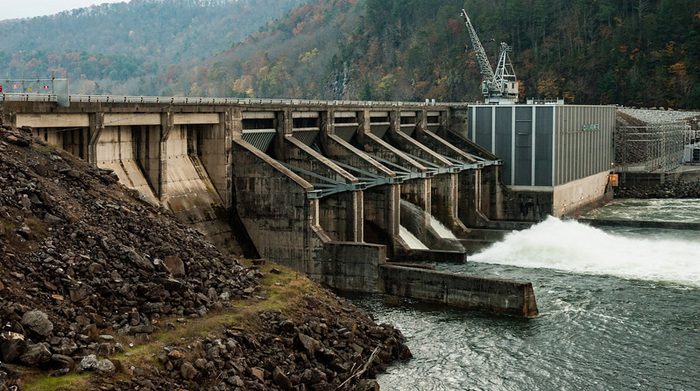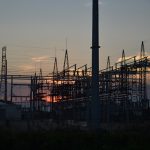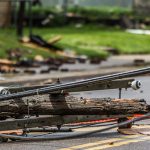How to Boost Hydropower Generation without Building New Dams

Image courtesy of Jacob Ian Wall under Attribution-NonCommercial 2.0 Generic License, resized to 700 x 391 pixels.
Hydropower generation may very well be the key to meeting long-term clean energy goals while maintaining the reliability of the grid. Hydropower already represents a large portion of the global clean energy market, and several studies have shown that doubling hydro generation would provide a clear path toward achieving a net zero power system by 2050. Best of all, increasing hydropower generation does not necessarily require building any new dams.
How to Increase Hydropower Generation Using Existing Dams
Simply put, there are 2 primary methods for increasing hydropower without increasing the number of dams: (1) retrofit existing hydro facilities by replacing old turbines with modern ones that offer enhanced capacity and generation efficiency, and (2) add turbines to dams that are not currently utilized in a power generation capacity.
Regarding option #1, performing a “like-for-like” retrofit to modernize existing equipment can increase generation capacity by up to 10%. And if the hydro plant is undersized, maximizing its capacity can triple generation capacity. When you consider that the average age of a hydropower dam is 70, it’s clear that there are plenty of retrofit opportunities available to be exploited.
And the opportunity may be even larger for non-powered dams, as only about 3% of dams globally have turbines to generate hydropower. While not all the remaining 97% would be feasible to power up due to economic viability or generation potential (i.e., smaller river), certainly many of them would be.
In addition to these two options, power producers could also place floating solar panels on reservoirs that are hooked into existing transmission infrastructure. Another potential option is to add storage capability to hydro facilities.
In the final analysis, the wheels are already in motion as it relates to moving toward a clean energy future, but this movement could put reliability at risk, stressing emergency preparedness efforts. The good news is that focusing on increasing hydropower generation at existing dams seems like it would go a long way toward achieving a net zero energy future without drastically impacting grid reliability.



